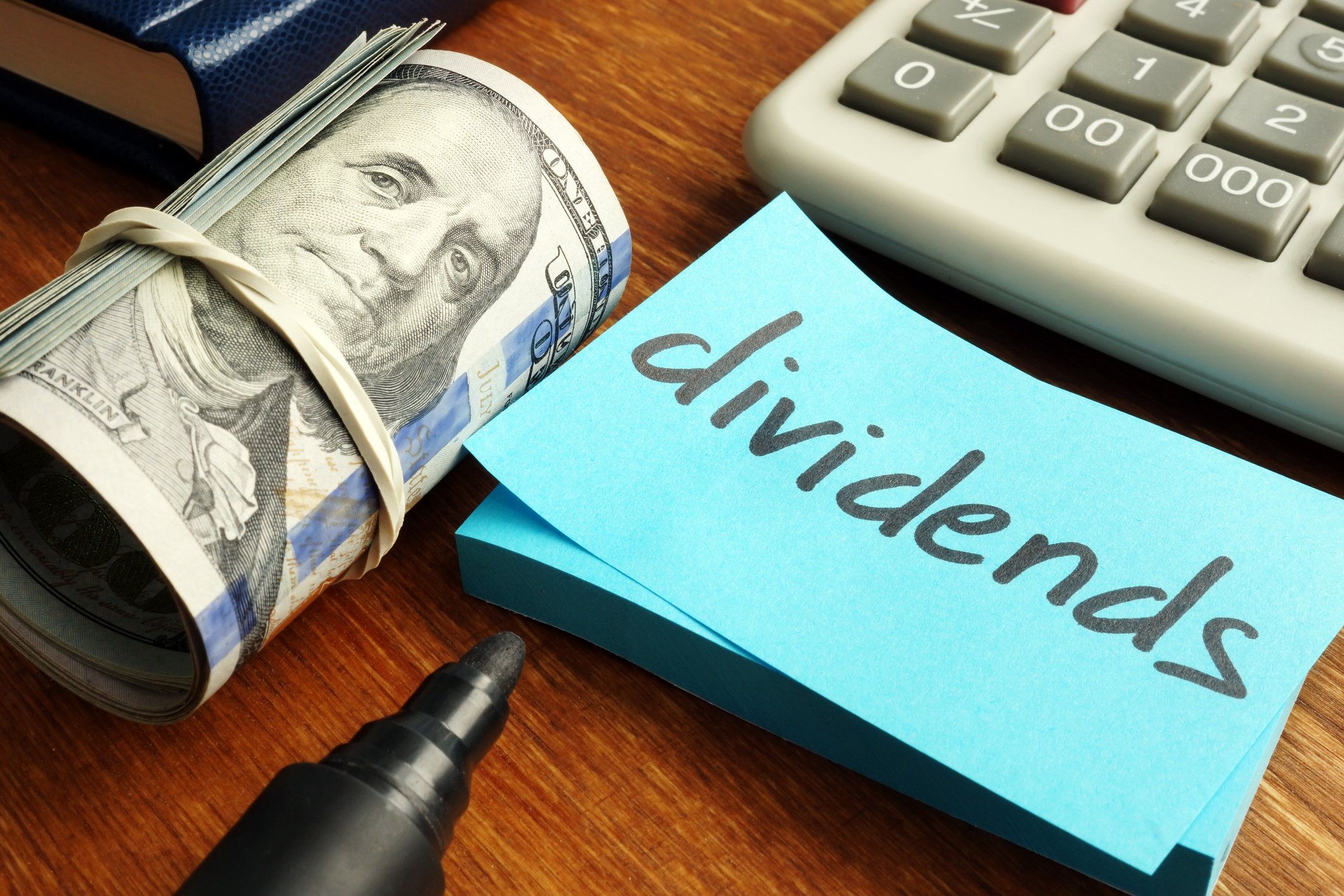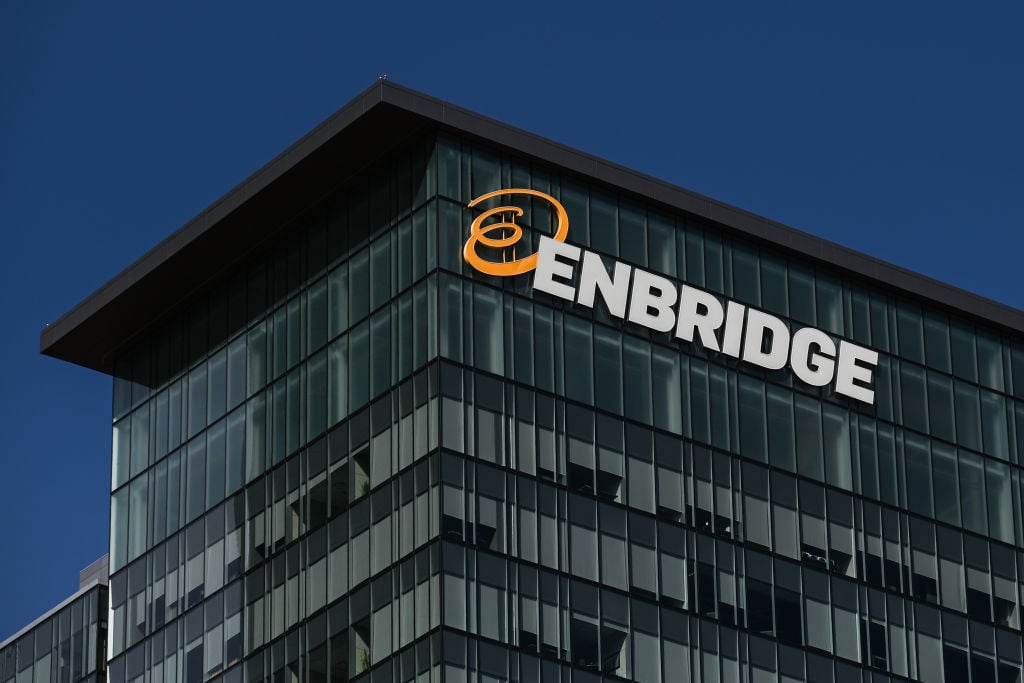High dividend yields often translate to high anxiety for income investors, as it's hard to shake worries that steep dividend cuts could be on the way.
For some stocks with exceptionally high dividend yields, those concerns are warranted. However, that isn't always the case. Here are three ultra-high-yield dividend stocks that won't keep you up at night.

Image source: Getty Images.
1. Enbridge
Enbridge (ENB +0.67%) offers a forward dividend yield of roughly 5.4%. Is this juicy dividend in jeopardy? Not at all. Enbridge has increased its dividend for 30 consecutive years. I predict the company will keep that streak going for a long time to come.
Around three-quarters of Enbridge's total revenue stems from its pipelines and midstream operations. The company owns the world's longest network of liquids pipelines. Its natural gas pipelines transport around one-fifth of the natural gas consumed in the U.S. These businesses have minimal exposure to volatile commodity prices. Enbridge shouldn't be impacted much by the Trump administration's tariffs, either.

NYSE: ENB
Key Data Points
Want more assurance about this stock? No problem. Enbridge is also the largest natural gas utility in North America based on volume. It delivers 9.3 billion cubic feet of natural gas to 7 million customers every day. This makes the stock and its dividends even safer, in my opinion.
Enbridge has generated reliable distributable cash flow in the past during turbulent periods, including the financial crisis of 2007 through 2009 and the early days of the COVID-19 pandemic in 2020 through 2021. I think income investors can be confident that its dividends will continue to flow (and grow) no matter what the future holds.
2. Realty Income
Realty Income's (O +0.39%) dividend yield of 5.4% is just a hair below Enbridge's yield. Like Enbridge, Realty Income has increased its dividend for 30 consecutive years. One big difference between the two, though, is that Realty Income pays its dividend monthly. It even trademarked the name "The Monthly Dividend Company."
Another key difference stems from Realty Income's organizational structure. It's a real estate investment trust (REIT). All REITs must distribute at least 90% of their income as dividends to be exempt from federal income taxes.

NYSE: O
Key Data Points
Realty Income stands above most REITs, in my view. It has delivered a compound annual total return of 13.5% since listing on the New York Stock Exchange in 1994. The company has also delivered positive operational returns (annual funds from operations per share growth plus dividend yield) for 29 consecutive years.
The REIT's diversified portfolio gives it this impressive stability. Realty Income owns over 15,600 properties rented to tenants representing 91 industries. Most of its clients operate in nondiscretionary, low-price-point, and/or service-oriented businesses.
There's one other thing about Realty Income that should give income investors a warm and fuzzy feeling: It has solid growth prospects. The total addressable market for net lease properties is $14 trillion. Europe makes up $8.5 trillion of that total -- and Realty Income has only one major competitor in the region.
3. Verizon Communications
If you want a really juicy dividend, check out Verizon Communications (VZ +0.63%). The telecom giant pays a dividend yield of 6.4%. It has also increased its dividend payout for 19 consecutive years.
Does the intense competition in the wireless services market make Verizon's dividend riskier? I don't think so. The company has been able to more than hold its own. It posted the industry's highest revenue in the second quarter of 2025. Verizon claims the most broadband and mobile customers. And its network has been ranked No. 1 in the nation by both J.D. Power and RootMetrics.

NYSE: VZ
Key Data Points
The other side of the coin with wireless services is that it's unlikely that there will be new entrants in the market. It's simply too expensive to build the infrastructure required to support high-speed networks that cover the entire U.S. and beyond.
For income investors who like to focus on the numbers, one Verizon statistic should stand out: $20 billion. That's the midpoint of the company's guidance for free cash flow this year. This gives Verizon ample coverage of its dividend, which should allow investors to buy the stock and sleep peacefully as the dividends come quarter after quarter.





